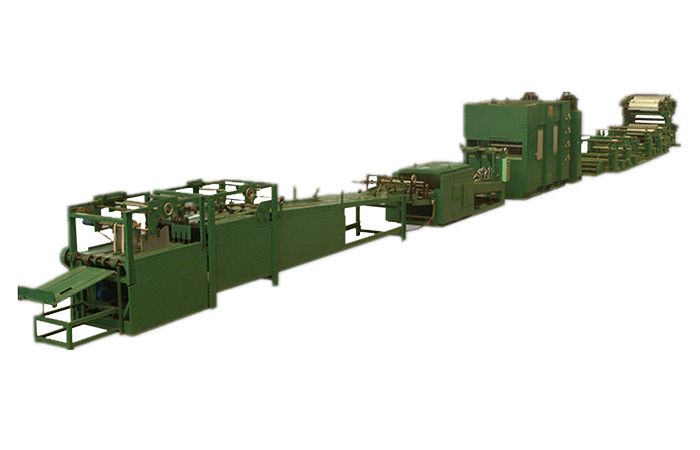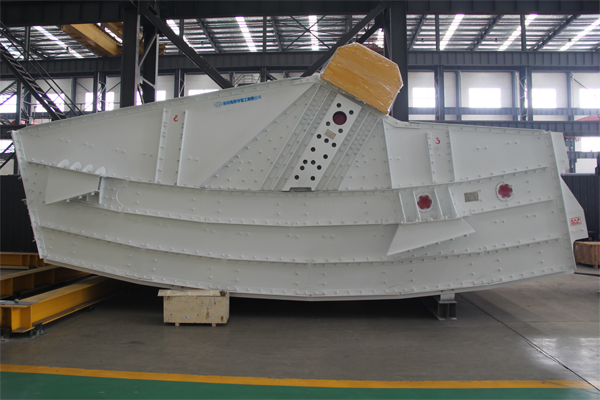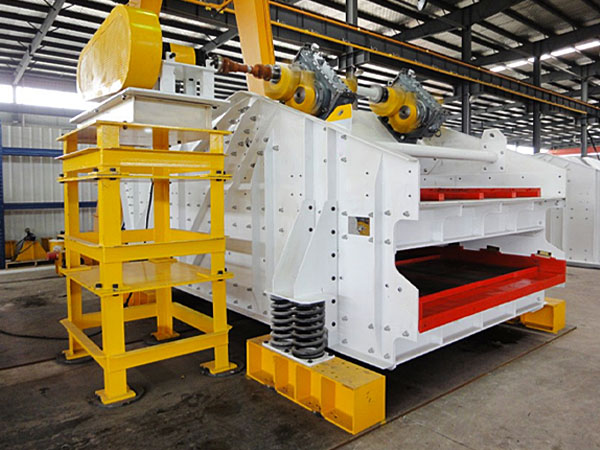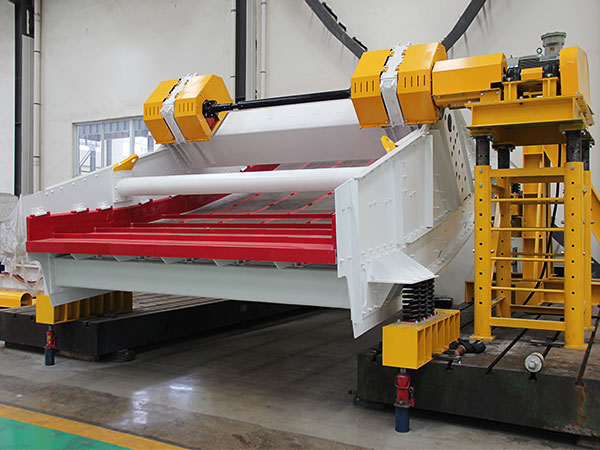Making a paper tube involves a simple process that can be done manually or with the help of basic tools.The process of making a paper tube involves several steps, including preparing the materials, forming the tube, and finishing the product. Here’s a general overview of the process:
Material Preparation:
1. Paper: Select a suitable type and weight of paper for the desired tube. Common options include kraft paper, cardboard, or specialty papers.
2. Adhesive: Prepare the adhesive, typically a glue or adhesive tape, that will be used to join the paper layers.
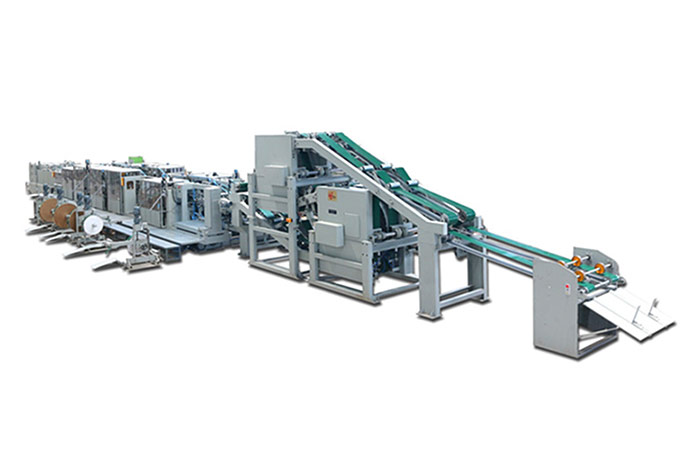
Cutting the Paper:
1. Cut the paper into strips or sheets of the desired width. The width will determine the circumference of the tube.
2. The length of the paper will determine the height or length of the tube.
Forming the Tube:
1. Apply adhesive along one edge of a paper strip or sheet.
2. Roll the paper tightly around a cylindrical form or mandrel, ensuring that the adhesive edge is on the inside.
3. Continue rolling until the desired length of the tube is achieved.
4. Apply additional adhesive to secure the overlapping edge of the paper, forming a seam.
5. Press the seam firmly to ensure a strong bond.
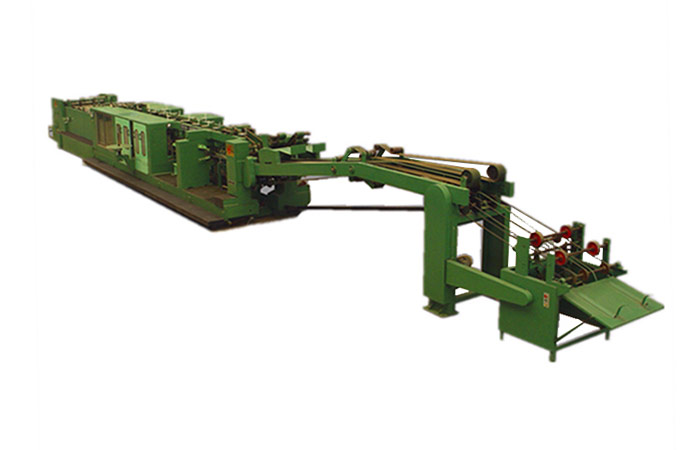
Drying and Curing:
1. Allow the adhesive to dry and cure according to the manufacturer’s instructions.
2. This step ensures that the paper tube maintains its shape and structural integrity.
Finishing:
…
For more detailed information about the process of making paper tube, please click to visit: https://www.lyhuatianm.com/products-information/making-paper-tube-process.html

